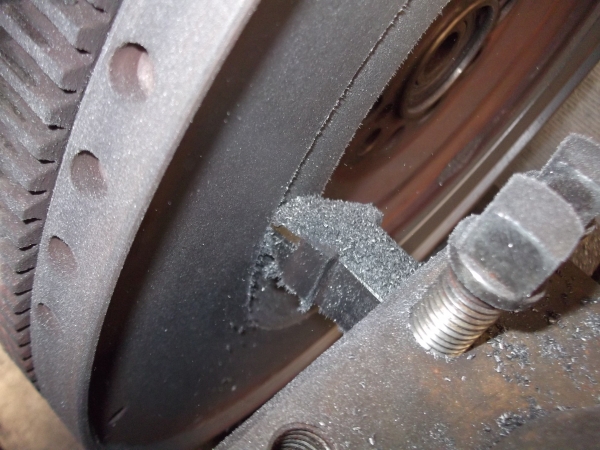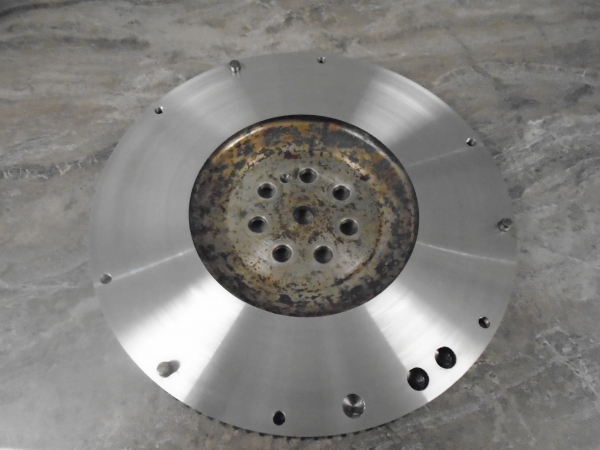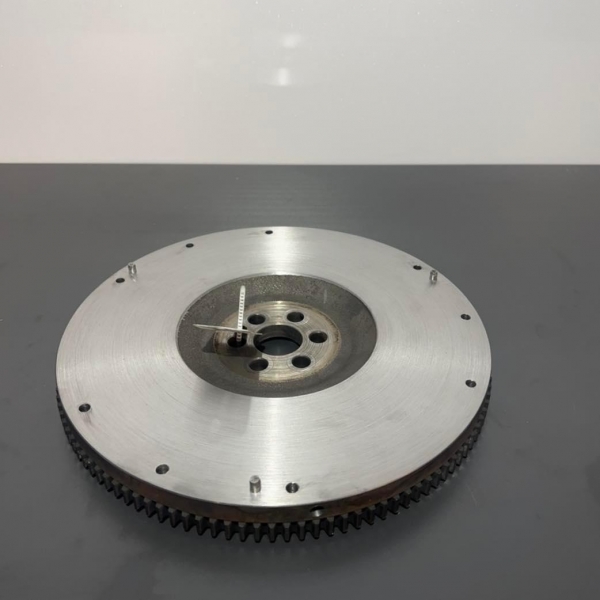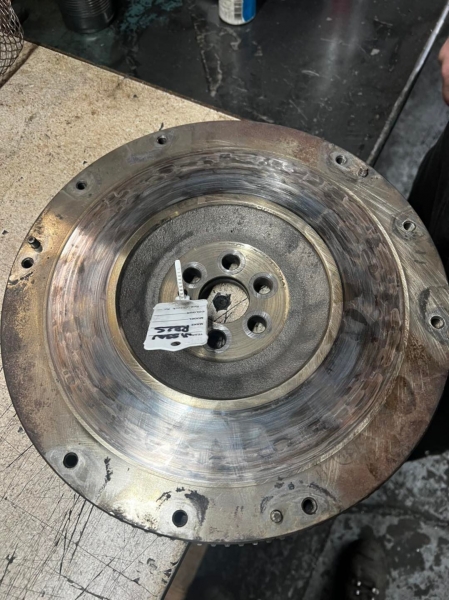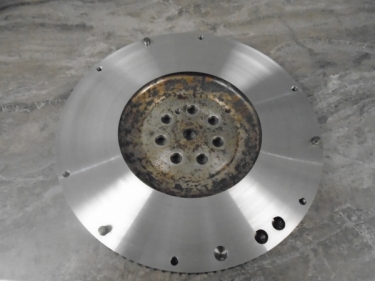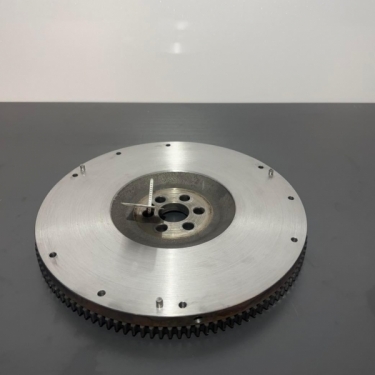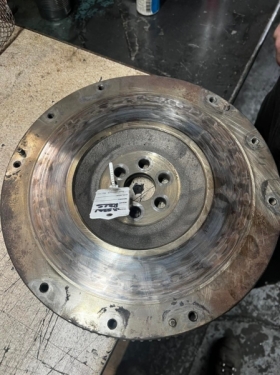Flywheel Machining
This service is mostly required when replacing of your clutch kit.
In a lot of cases when your clutch kit has failed it would have distorted the face of the flywheel or also burnt the face, when this happens it is recommended that your flywheel is machined before fitting your new clutch kit. This in turn will help your new clutch plate bed into the flywheel and help your clutch last longer.
A lighter flywheel takes strain off the engine and allows the engine to rev more freely. You’ll notice a race-tuned engine increases and decreases revs a lot more quickly than a standard engine. The big downside to a lighter flywheel is that engine momentum or inertial spin is reduced – most noticeably on a hill.
The lighter the flywheel the faster engine revs will rise and fall but you will lose momentum on a hill more quickly. Whereas the momentum in the engine is maintained with a heavy flywheel the momentum is reduced and the hill has a much more direct effect on the engine output.
Best used in a race situation where the track is flat with a demand for fast engine speed changes and the engine has been tuned to output power matching the flywheel capacity (high revving). The driver will often heel and toe gear change and braking taking advantage of the greater responsiveness from the engine.
Various weights of flywheel are available allowing you to get the best torque/free revving capabilities. Different grades of flywheel are available for different applications, and for street cars you don't want to go too light or your idle may suffer.
This process needs to be treated with care as the slightest imbalance can cause major issues. Even standard flywheels that are put into cars are balanced. A wobble in the flywheel can have disastrous consequences on the engine and will reduce your red line significantly. The faster the RPM the greater the effects of a wobble will be. A flywheel that snaps will send a buzz saw of metal through the car potentially causing injury to driver or passenger.

